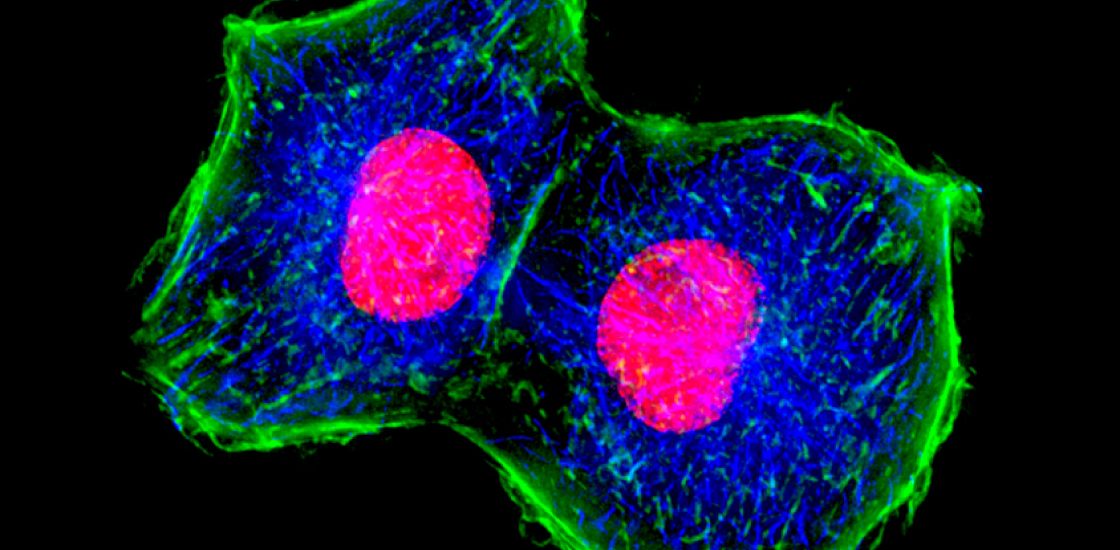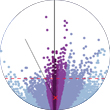Notable papers in autism research in 2019
This year’s top papers deepen our understanding of autism’s genetics and reveal mixed results from trials of autism therapies.

This year’s top papers deepen our understanding of autism’s genetics and reveal mixed results from trials of autism therapies.
As we do every year, we asked autism researchers to help us pick the most ‘notable’ papers of the previous 12 months — ones that greatly enhanced our knowledge of autism or how to treat it, or simply raised provocative questions.
The final selection highlights advances in autism research, but also setbacks and controversies. One paper rebuts the idea that high intelligence scores lead to good life skills. Another points to the lack of a motor signature that can define autism. A third calls into question a popular theory of autism’s origins. And one underscores the absence of standard tools for testing autism treatments.
Here are the top papers, starting with the latest.
1. Majority of autism risk resides in genes, multinational study suggests
About 81 percent of autism risk comes from inherited genetic factors, according to this analysis of more than 2 million children from five countries.
Bai D. et al. JAMA Psychiatry Epub ahead of print (2019) PubMed
2. Studies of autism treatments lack standard yardsticks
Clinical trials of autism treatments rarely use a consistent set of tools to measure efficacy. Instead, researchers generally design questionnaires specific to their study goals.
Provenzani U. et al. Autism Epub ahead of print (2019) PubMed
3. Large study supports discarding the term ‘high-functioning autism’
Autistic people described as ‘high functioning’ because they do not have intellectual disability often still struggle with daily living skills, according to this study of more than 2,000 people on the spectrum. The data could put the term ‘high functioning’ out of commission for good.
Alvares G.A. et al. Autism Epub ahead of print (2019) PubMed
4. Analysis of single cells implicates set of neurons in autism
The first analysis of single cells from the brains of autistic people homes in on a group of neurons as central to autism. These neurons are involved in communication between brain regions that mediate higher-order cognitive abilities, such as social and language skills.
Velmeshev D. et al. Science 364, 685-689 (2019) PubMed
5. Ready or not, two drugs for autism edge closer to clinic
Two drugs that alter the activity of the hormone vasopressin seem to improve social communication in people with autism, according to the results of two clinical trials.
Parker K.J. et al. Sci. Transl. Med. 11, eaau7356 (2019) PubMed
Bolognani F. et al. Sci. Transl. Med. 11, eaat7838 (2019) PubMed
6. Latest test of promising autism therapy shows only mild benefits
A much-touted behavioral therapy for autism, the Early Start Denver Model, may not be as effective as its creators had hoped. The results of this study, which point to improvements in language but not in intelligence, were highly controversial.
Rogers S.J. et al. J. Am. Acad. Child Adolesc. Psychiatry 58, 853-865 (2019) PubMed
7. Four sets of mice call popular theory of autism into question
An analysis of four mouse models negates certain assumptions underlying the ‘signaling imbalance theory,’ a popular hypothesis about autism’s origins in the brain. The findings suggest that the imbalance is a compensatory response to other problems in the brain, rather than the underlying cause of autism.
Antoine M.W. et al. Neuron 101, 648-661 (2019) PubMed
8. Motor traits that mark autism remain elusive, large study finds
Motor problems in autistic infants parallel those in infants with other developmental conditions, according to research based on hundreds of children. The results dashed hopes of finding signature delays that could aid autism diagnosis.
Iverson J.M. et al. J. Abnorm. Psychol. 128, 69-80 (2019) PubMed
9. Massive analysis refines map of autism’s genetic roots
A huge genetic analysis of postmortem brain tissue yielded maps of when and where genes are turned on and off throughout life — and how that expression is altered in autism. The results came from three studies involving PsychENCODE, a collaboration of 15 institutions.
Li M. et al. Science 362, eaat7615 (2018) PubMed
Gandal M.J. et al. Science 362, eaat8127 (2018) PubMed
Wang D. et al. Science 362, eaat8464 (2018) PubMed
10. Analysis pinpoints genes linked to autism, developmental delay
Analysis spotlights mutations in ‘dark’ regions of the genome
Some autism mutations go undetected
Bumper scan of genomes pinpoints inherited risk factors for autism
Whole genome study lifts veil on inheritance patterns in autism
These five studies spotlight the contribution of spontaneous and inherited mutations in autism — along with instances in which these classes may be confused.
An analysis of spontaneous mutations in nearly 11,000 people implicated 253 genes in either developmental delay or autism, including 49 new candidates. Some of the spontaneous mutations that contribute to autism occur between genes and control gene expression, another study suggested. In some cases, spontaneous mutations may be mistaken for inherited ones, according to another report. Some ‘mosaic’ mutations detected in a parent’s blood may, in fact, arise spontaneously, as they were not present in previous generations.
Many inherited variants do contribute to autism. The largest-yet exploration of these variants identified 12 regions in the genome that harbor them. And an analysis of whole-genome sequences from nearly 500 families implicated 16 new genes in autism that all carry some inherited mutations.
Coe B.P. et al. Nat. Genet. 51, 106-116 (2019) PubMed
An J.Y. et al. Science 362, eaat6576 (2018) PubMed
Jónsson H. et al. Nat. Genet. 50, 1674-1680 (2018) PubMed
Grove J. et al. Nat. Genet. 51, 431-444 (2019) PubMed
Ruzzo E.K. et al. Cell 178, 850-866 (2019) PubMed
Recommended reading

Expediting clinical trials for profound autism: Q&A with Matthew State

Too much or too little brain synchrony may underlie autism subtypes
Explore more from The Transmitter

Mitochondrial ‘landscape’ shifts across human brain


